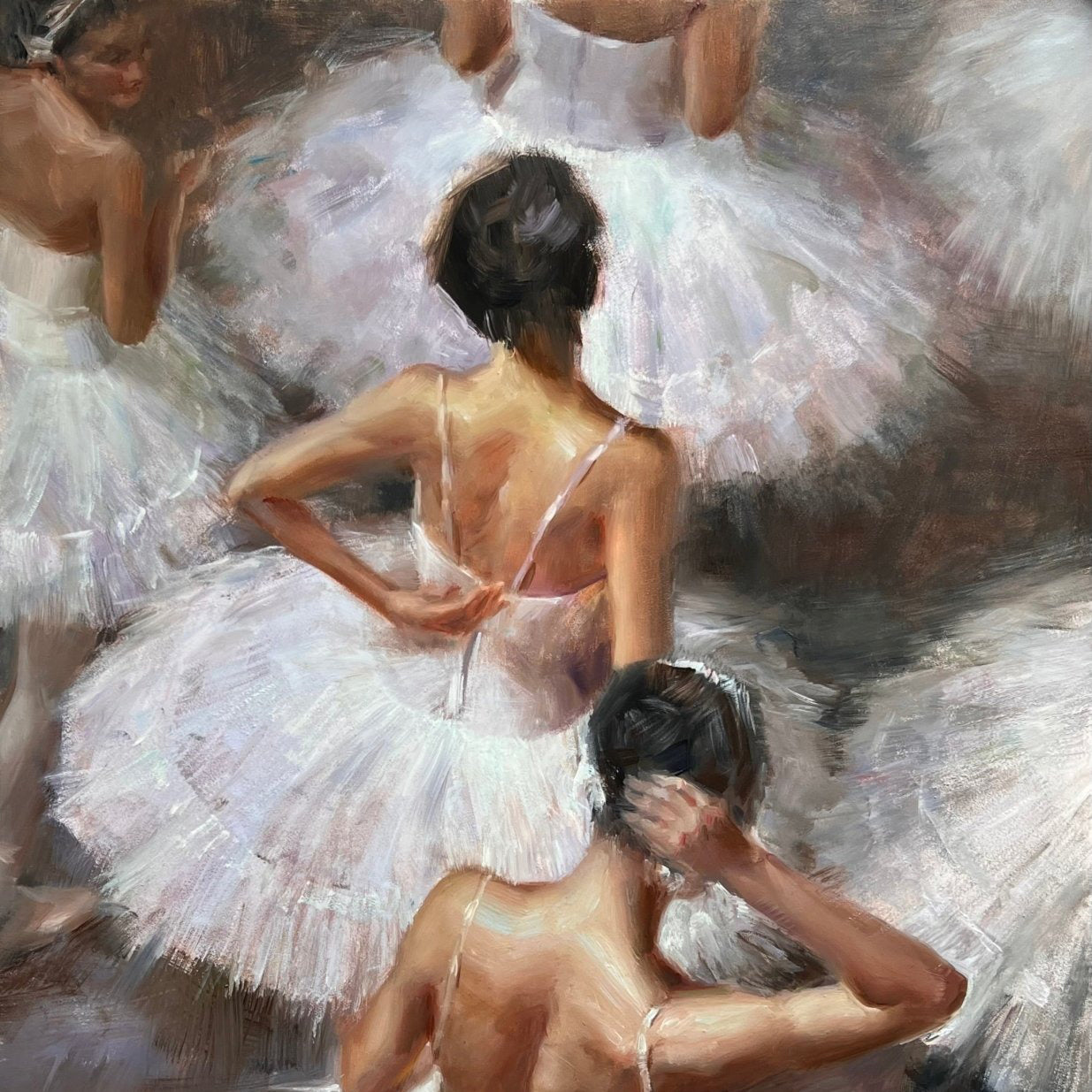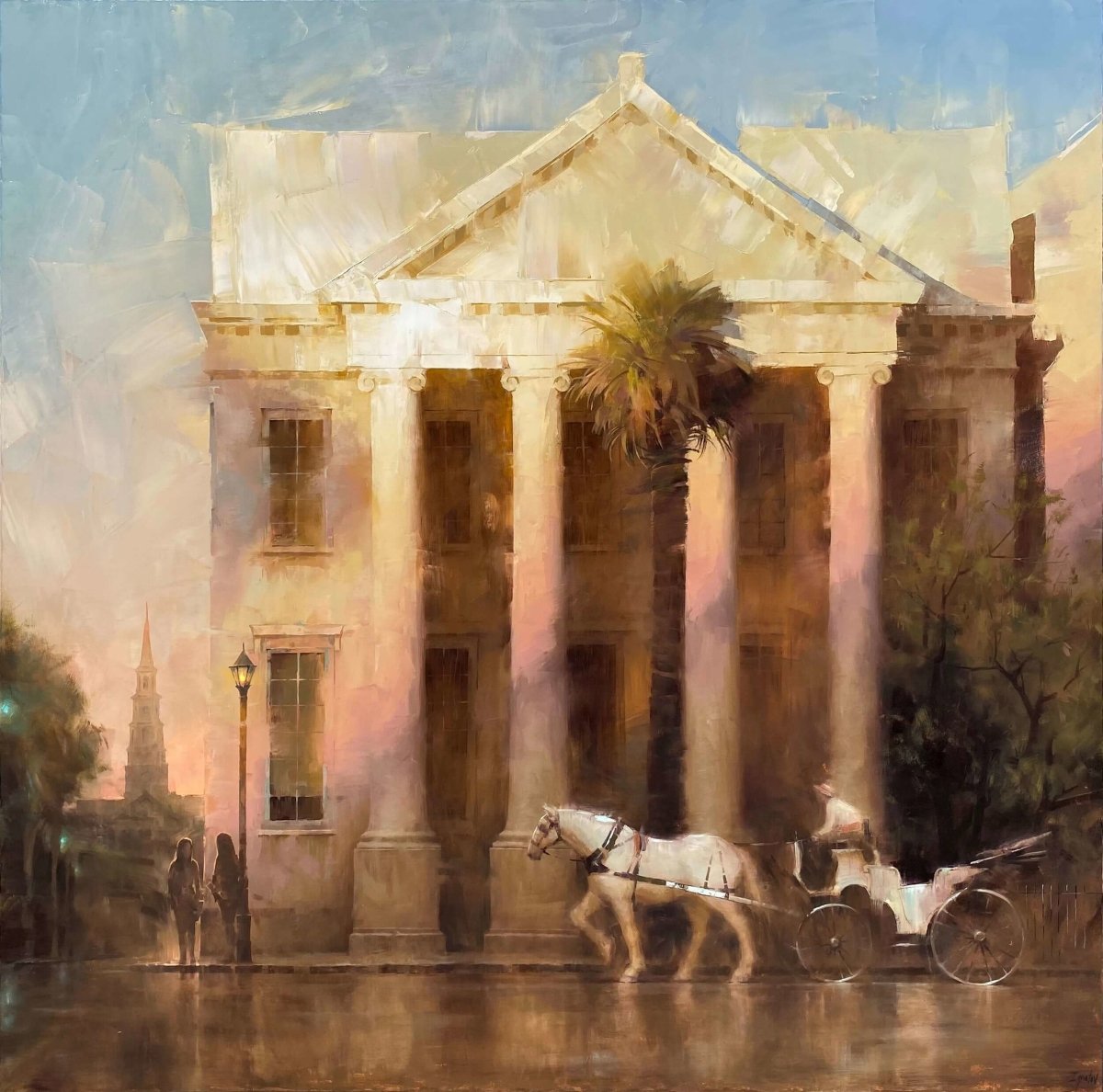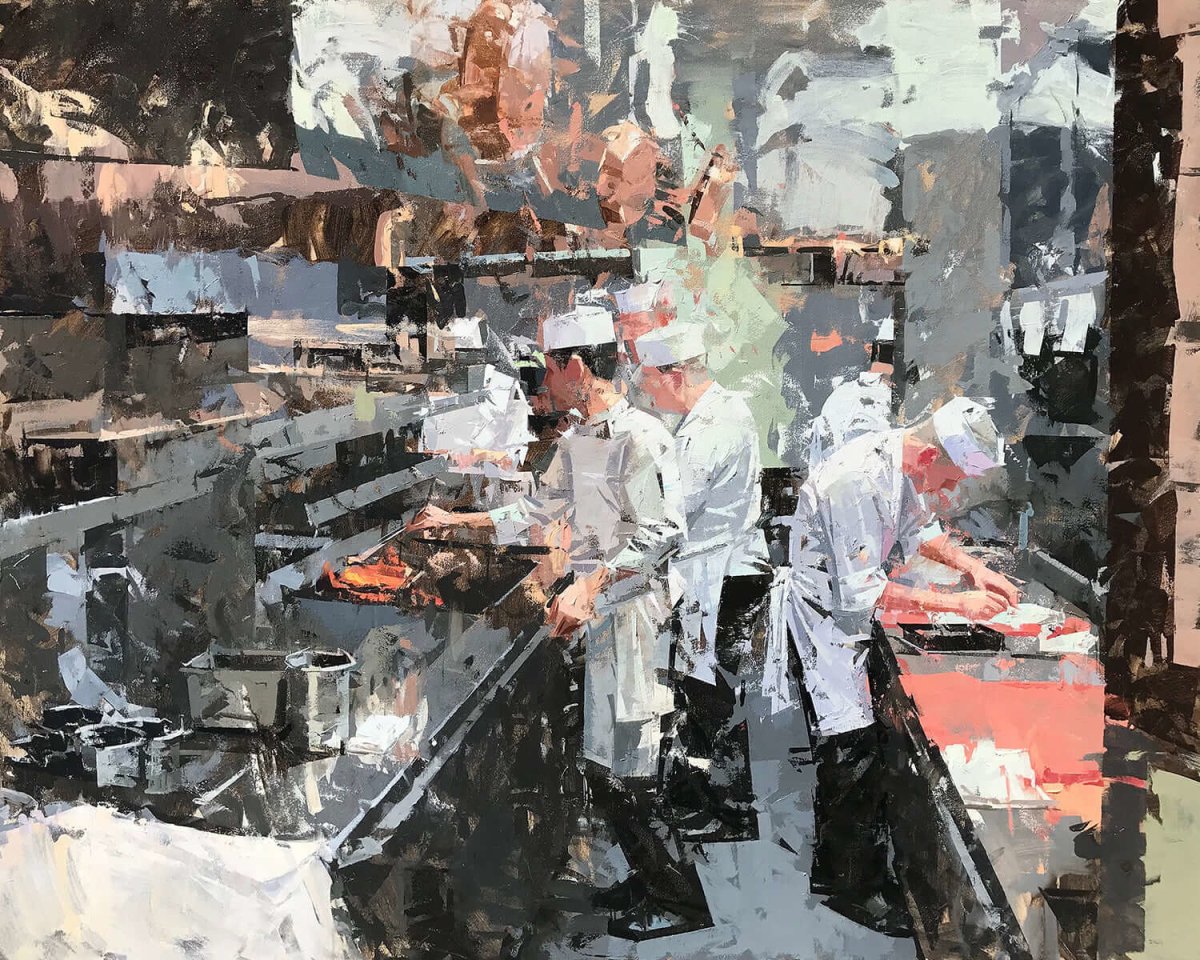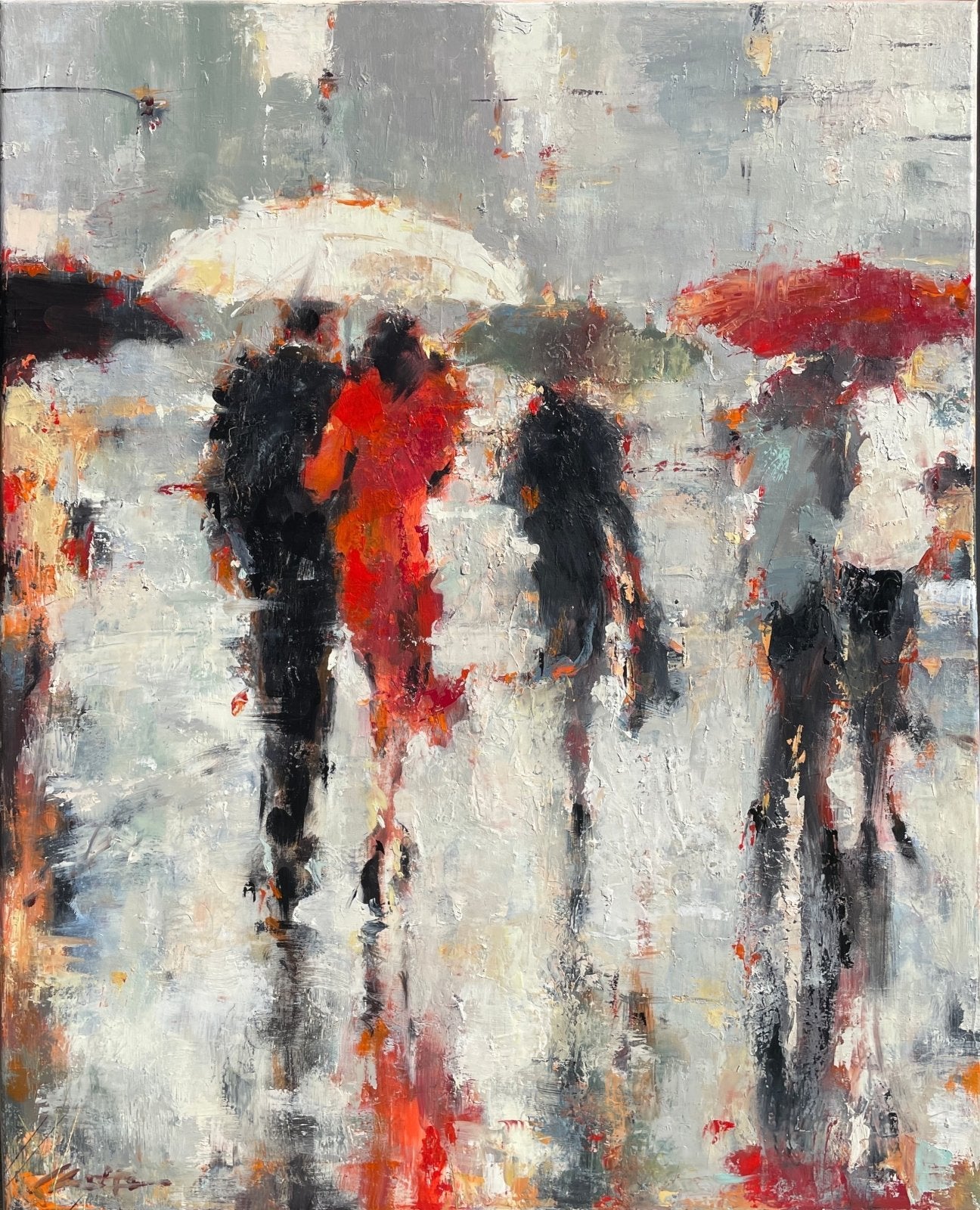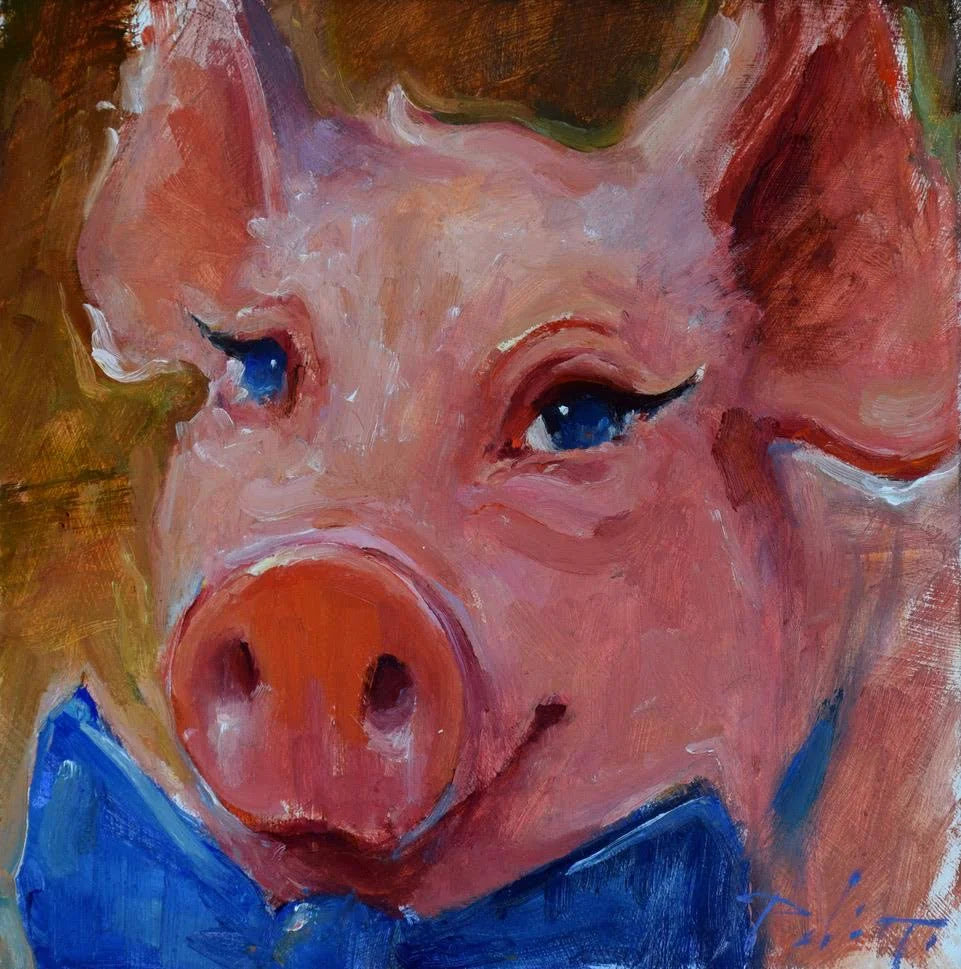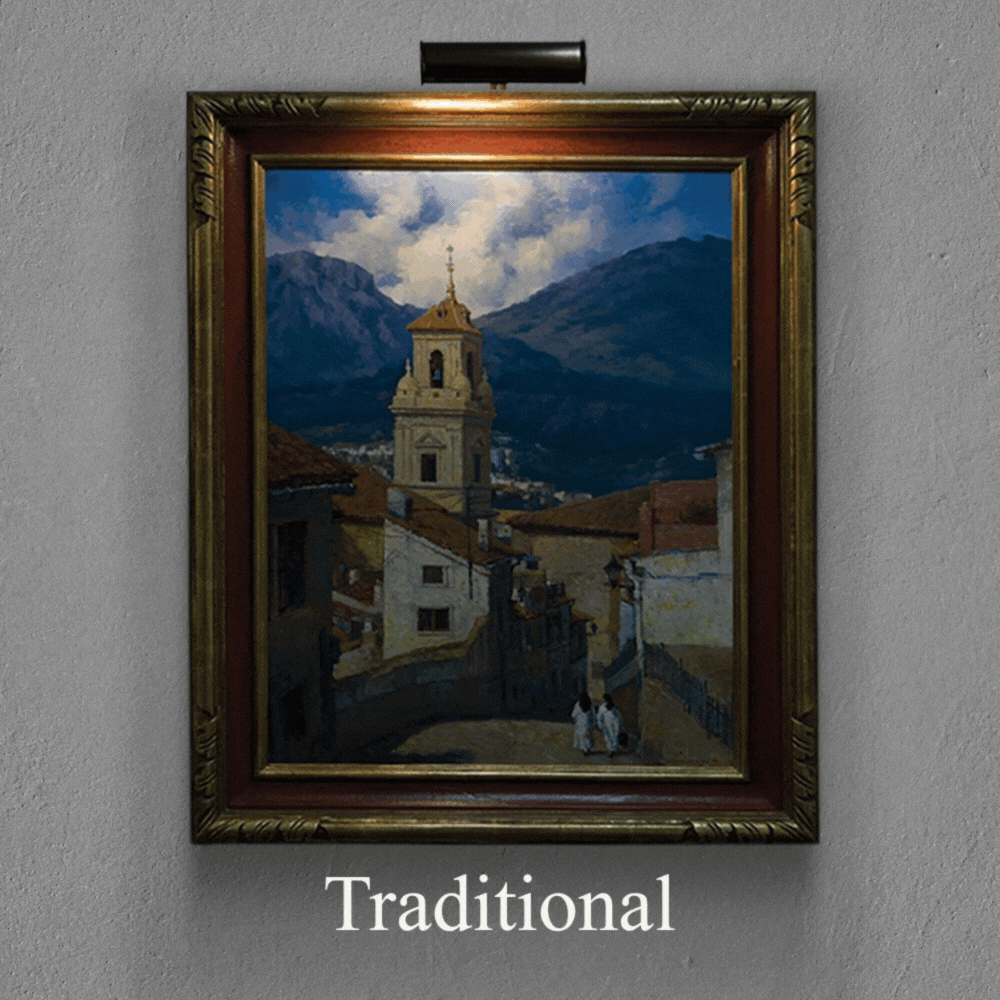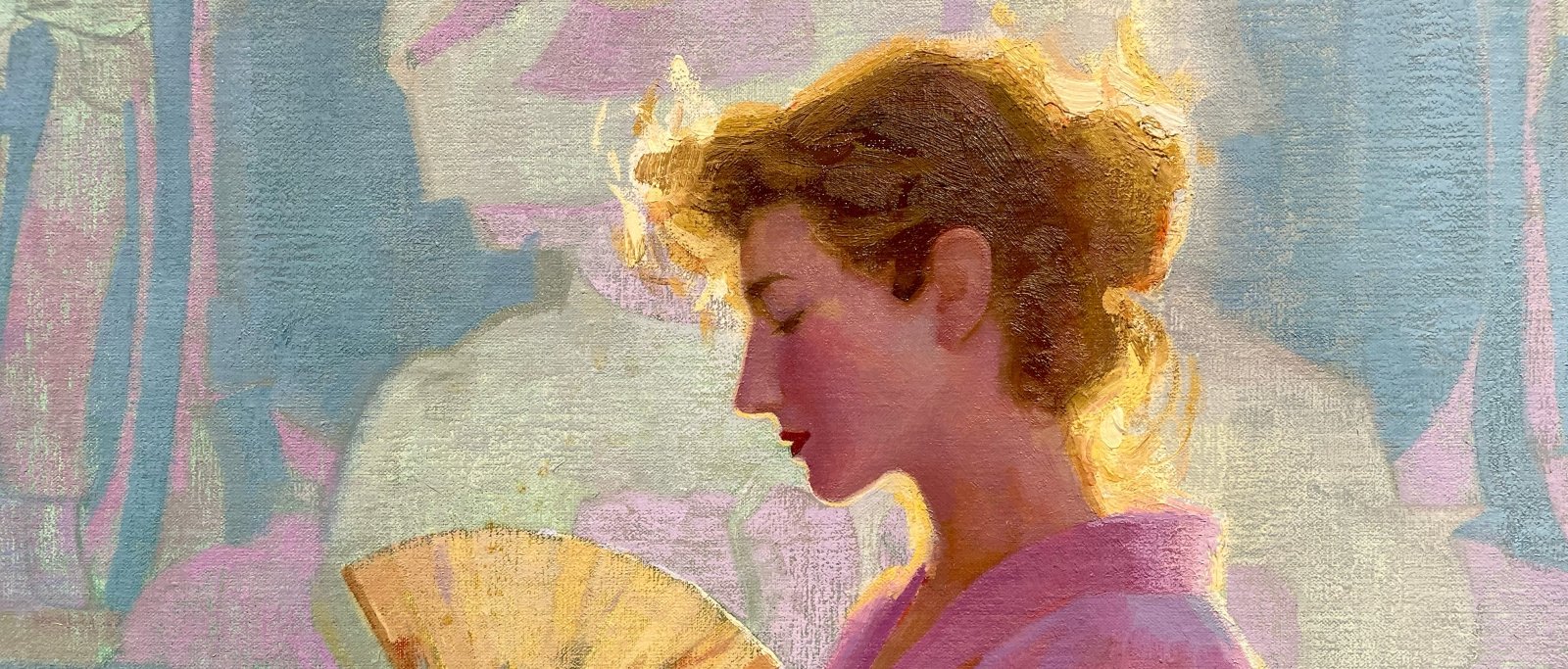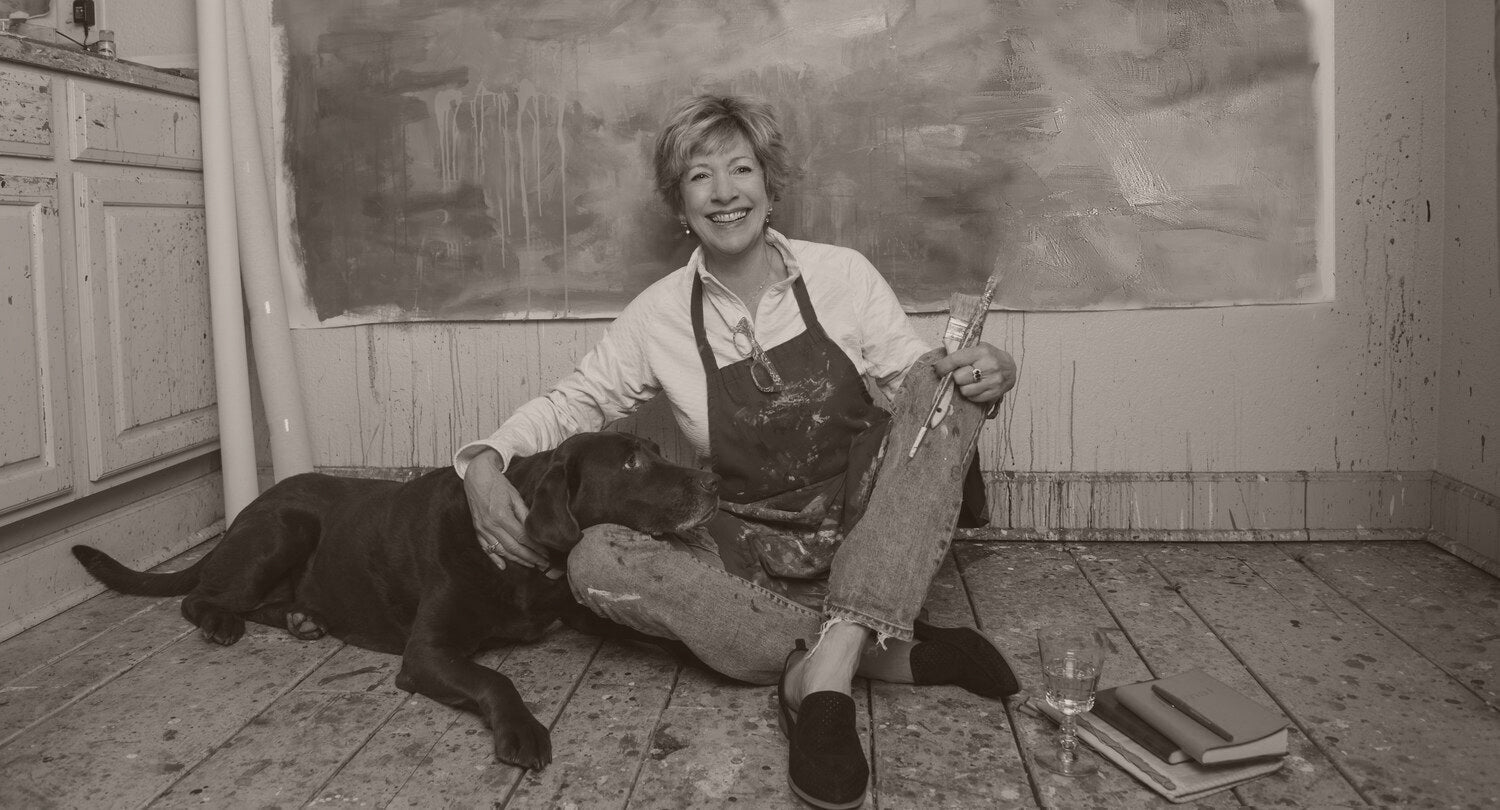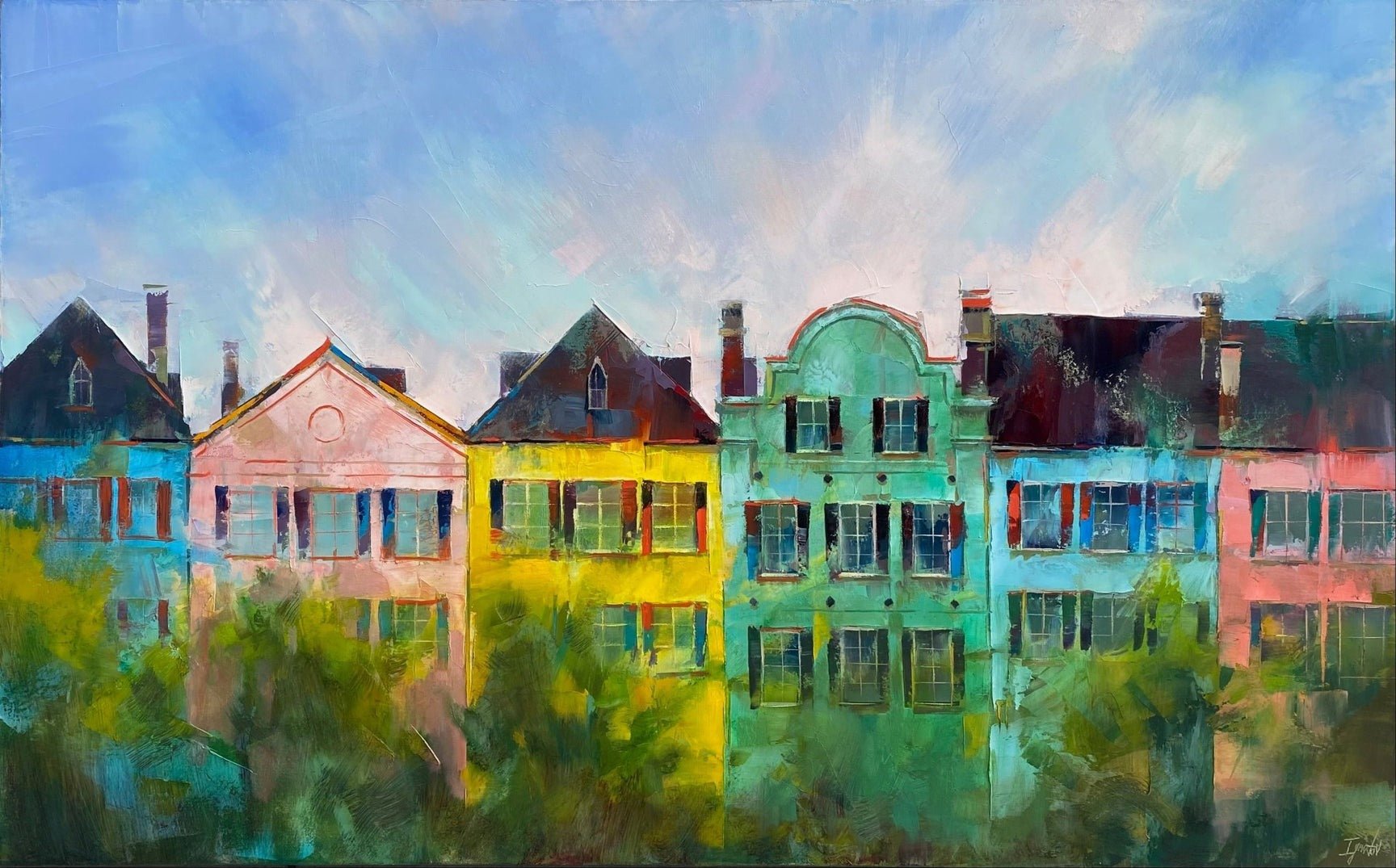Brushwork in Oil Painting: Techniques and Examples
About Oil Painting
Oil painting is a versatile and durable medium that allows artists to create dynamic and engaging works of art. Many people often overlook the crucial element of brushwork in oil painting, even though it has the ability to convey texture, movement, and emotion.
Many people often overlook the crucial element of brushwork in oil painting, even though it has the ability to convey texture, movement, and emotion.We will also examine the use of various techniques of brushwork employed by artists represented by LePrince Fine Art Galleries in Charleston, SC. By understanding the different types of brushes available to oil painters and experimenting with different techniques, artists can create unique and captivating works of art that showcase the potential of brushwork in oil painting.
Brushwork in Oil Painting
Brushwork in oil painting refers to the way an artist applies paint to a canvas using a brush. It can be thick or thin, smooth or rough, and can convey different textures and emotions depending on the artist's intention. Brushwork is a fundamental element of oil painting, and it can help to create depth, movement, and visual interest in a piece. Aaron Westerberg's "Blossom", shown above, highlights a balance of contrasting brushstrokes.
Some famous examples of brushwork in oil painting include Vincent van Gogh's "Starry Night," where the thick, swirling brushstrokes create a sense of movement and emotion in the night sky. Similarly, in "The Scream" by Edvard Munch, the thick, jagged brushstrokes convey the intensity of the figure's scream. Another example is the work of Impressionist painter Claude Monet, who used small, rapid brushstrokes to capture the changing light and movement of nature. He is known for his series of water lilies paintings, including "Water Lilies and Japanese Bridge," which showcases fluid, organic brushwork that conveys a sense of serenity and peace. Lorraine Christie's ""The Loving Calm",pictured below, shows a more direct approach

Brushwork is an integral part of an artist's process in oil painting. It is a way for the artist to express themselves and convey their emotions through the physical act of applying paint to canvas. Some artists prefer to work in a loose, expressive style, while others may use a more controlled approach to create detailed, realistic works. For example, contemporary painter Gerhard Richter uses a unique technique where he layers and scrapes away paint with a squeegee to create textured, multi-layered works of art.
Oil Painitngs in Charleston
Ning Lee, Oil Painter: Impasto
LePrince Fine Art Galleries in Charleston represents a diverse group of artists. They utilize a wide range of brushwork techniques in their paintings. For instance, Ning Lee, a Chinese-born artist, creates highly expressive still life and landscape paintings. He uses a variety of brushes and impasto techniques. Delicate brushwork creates smooth, precise marks. Artists use larger brushes to create broader strokes and areas of big color.Curt Butler, Oil Painter: Scumbling
Curt Butler, a contemporary artist, creates large-scale oil paintings that are a fusion of traditional and contemporary techniques. He uses a variety of brushes. From large flat brushes, small round brushes, and palette knives, he scumbles to creates broad strokes and fine details. His brushwork is often energetic and gestural, creating a sense of movement and emotion.
Kevin LePrince, Oil Painter: Imapsto
Kevin LePrince, the owner of the gallery, uses a variety of brushes and techniques to create his atmospheric landscape paintings. He often works with a palette knife to create thick impasto marks. These marks convey a sense of texture and movement. Soft and delicate brushwork can create atmospheric effects such as mist, haze, and reflections.
Ignat Ignatov, Oil Painter: Palate Knives
Ignat Ignatov, a Bulgarian born artist, creates impressionistic landscapes and cityscapes using a range of brushes and palette knife techniques. He uses large flat brushes and knives for broad, sweeping strokes. In addition to these techniques, artists also use various styles of brushwork to convey different moods and emotions.
Mark Bailey, Oil Painter: Hatching
For example, the loose, expressive brushwork technique of hatching is used to give Mark Bailey's work a sense of movement and action. Scumbling, another technique, involves placing a thin layer of paint is applied over another layer of dried paint with a dry brush. This technique can create a rough, textured effect and add depth and complexity to the painting.
Understanding the various types of brushes available to oil painters is crucial for achieving different effects and marks in their paintings. Each brush type has a unique shape, size, and texture that influences the marks it creates. Here are some of the most common brush types used in oil painting and how artists can use them to create different marks and textures.
Oil Painting Brush Types
Flat brush
Flat brushes have a rectangular shape and are flat on top, with a straight edge. Artists can use flat brushes for both broad and fine strokes, making them versatile for many painting techniques. They commonly utilize flat brushes for blending, creating sharp edges, and laying down flat washes of color.
Round brush
Round brushes have a pointed tip and a round ferrule. Artists use them to create fine lines, details, and small areas of color.They are also good for blending colors and creating soft edges. Round brushes come in various sizes, from very small to very large.
Filbert brush
Filbert brushes have a flat, oval shape with a curved edge. They are excellent for blending and creating soft edges. Artists can also use them to create thick impasto marks, as well as thin lines and details.Filbert brushes come in various sizes, from very small to very large.
Fan brush
Fan brushes have a fan-shaped head with flat or curved bristles. Artists use them to create unique textures, such as leaves, trees, and hair. They can also use them for blending colors and creating soft edges.
Detail brush
Detail brushes are small, fine brushes used for creating fine lines, details, and highlights. Artists often use them for intricate work, such as painting eyes, eyelashes, and fine details in a landscape.
Mop brush
Mop brushes have a large, round head with soft, absorbent bristles. Artists use them to create washes of color, blend, and create soft edges. They can also use them for applying varnish or glaze to a painting.
Angular brush
Angular brushes have a flat, angled tip and are used for creating sharp, precise lines and edges. They are often used for painting architectural details, such as roofs, windows, and doorways.
Palette Knives
Palette knives are also a popular tool for creating impasto marks and textures, as well as for mixing paint on the palette. They have a flat, flexible blade that can be used to apply paint to the canvas in thick, bold strokes. Some artists also use unconventional tools, such as sponges, rags, and even their hands, to create unique textures and marks in their paintings.
Summary: Oil Painting and Brushwork
In conclusion, brushwork is a fundamental element of oil painting that can convey texture, movement, and emotion in a piece. Understanding the different types of brushes available to oil painters is crucial for achieving different effects and marks in their paintings.
Artists can experiment with different brushes and techniques to create unique and captivating works of art that showcase the potential of brushwork in oil painting. From the thick impasto of Rembrandt to the luminous glazes of Vermeer, the possibilities of brushwork in oil painting are endless, and artists will continue to explore and experiment with this essential tool for years to come.


